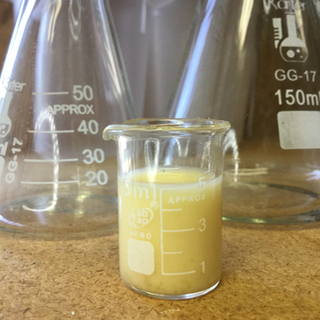Members’ exclusive: Liposomes – introduction to liposomes and other concepts.
In the January Q&A, Derek asked: I am eagerly waiting for the cosmeceuticals e-book. A few days ago while browsing different ingredients for cosmetics, I saw ceramide liposomes and retinol liposomes. It says that they absorb more in the skin if liposomes are used. However, I can’t find any resource on the use and formulation...

